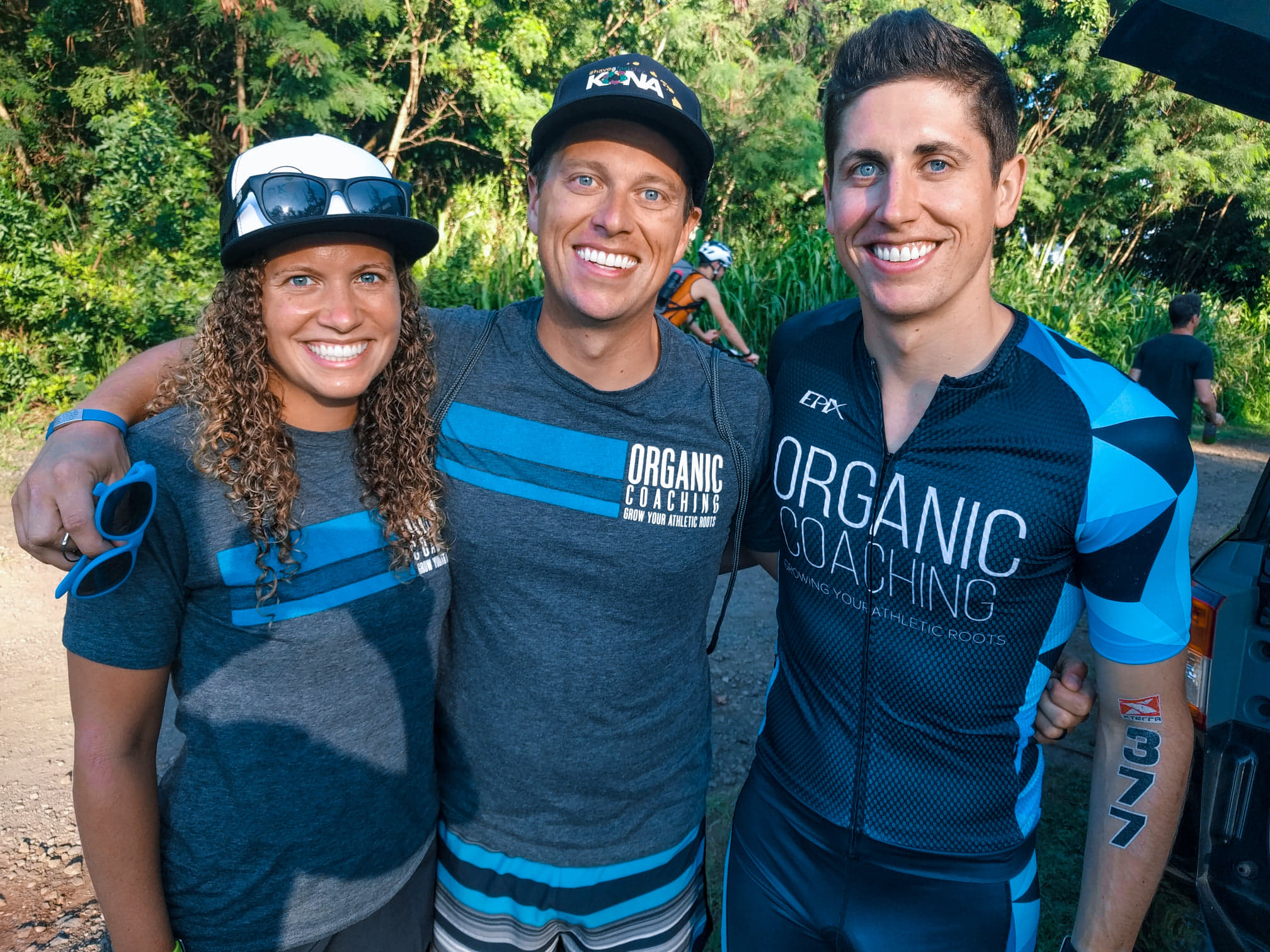
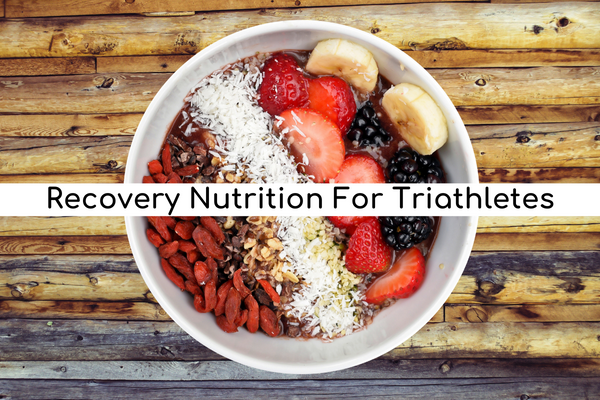
You have your training plan spelled out with your tempo workouts, brick training sessions, long workout, speedwork, and strength. Your pre-training (or racing) and during nutrition and hydration lined up to the minute. What happens post-training? How is your recovery nutrition?
This is where I see many triathletes miss out on a key component of the puzzle. Some have the thought that delaying a post-training meal will help with weight loss or body composition (more on this later) or they get busy and forget to eat. Missing your post-training meal can deter you from reaching your athletic goals. When you train (or race) your working muscles experience micro tears that need repairing. As I like to say, “recovery nutrition is what brings your training full circle.” The goals of recovery nutrition are you can help your body:
This is the 30 to 45-minute window after you have completed your training session. During this time, your muscles are ready for fuel to begin the recovery process. This “window of opportunity” becomes more pressing when you are scheduled to have double sessions in the day.
During this 30 to 45-minute window, it is best to consume both carbohydrates and protein. The ratio will depend on your training session if you have a session later in the day and your health goals. If you have had a hard or long session, aim for 2-3 grams of carbs to 1 gram of protein. If you have a lighter day you can aim for 1-2 grams of carbs to 1 gram of protein. The combination of carbs and protein together has been shown to improve muscle glycogen storage and repair muscle tissue more than just carbohydrates or just protein alone.
** The intensity and volume of the session days are highly individualized and based upon your discretion as an athlete. If you are a seasoned triathlete, an hour-long session may feel light. Whereas, to a new triathlete this same session may be a long day.
Rehydrating with electrolytes is just as important as refueling. For every pound lost during your session, you want to consume 20 to 24 ounces of fluid. Therefore, if your session was more than 1 hour, or you were in heat/ humidity, you definitely will want to consider electrolytes here with a 4-6% solution of carbohydrate, 110 to 220 mg sodium per 8 ounces, and 30 mg potassium per 8 ounces. This is why I personally love my post-training smoothie; it takes care of hydration and nutrition in one go!
It’s not uncommon to have a poor appetite post-training, especially in extreme climates or after a hard day. Remember, you do have some time here. You do not need to start eating immediately after your session. Allow yourself some time to recover and focus on rehydrating with some electrolytes in the first 20 minutes. You may also opt for a recovery smoothie (see recipe below) to sip on in the 30 to 45 minutes post session and aim for a more complete performance plate in the one to three hours post session.
Power Smoothie Bowl
¾ cup coconut water
2 cups spinach leaves
1 cup diced zucchini
½ frozen banana
½ cup frozen blueberries
½ cup frozen mango chunks
1 scoop of protein powder
1 teaspoon ginger
Optional add-ins: 1 teaspoon creatine, 1 Tablespoon nut butter or seeds
Optional Toppings: unsweetened coconut flakes, a drizzle of drippy nut butter, granola, or oats
Burrito Bowl
½ cup quinoa
½ cup black beans
3-ounce protein choice (turkey, grass-fed beef, chicken, tofu)
1 cup fajita veggies (bell pepper, onion)
¼ to ½ avocado
1 teaspoon garlic
½ teaspoon black pepper
¼ teaspoon cayenne pepper
Snacks
Tart Cherry Smoothie Bowl
¾ cup coconut water
½ frozen banana
1 cup tart cherries, unsweetened
½ cup frozen, riced cauliflower
1 scoop of protein powder
1 Tablespoon nut butter
1 Tablespoon cacao powder
1 Tablespoon chia seeds
1 tsp cinnamon
Optional Toppings: unsweetened coconut flakes, a drizzle of drippy nut butter, granola, or oats
Sweet Potato Bowl
1 medium sweet potato
¼ cup chickpeas
3 ounces grass-fed beef
2 cups brussels sprouts, red bell pepper, onion
¼ cup cashew pieces
1 teaspoon ginger
1 teaspoon turmeric
½ teaspoon black pepper
Snacks
It is easy to get caught up in how many calories to eat and when to eat them. This can create stress around your refueling plan, which can lead to decision paralysis (not knowing what to eat). Listen to what your body wants after a training session or race day. The goal of your recovery meal is to build and restore your muscles.
-Dana, Registered Dietitian Nutritionist
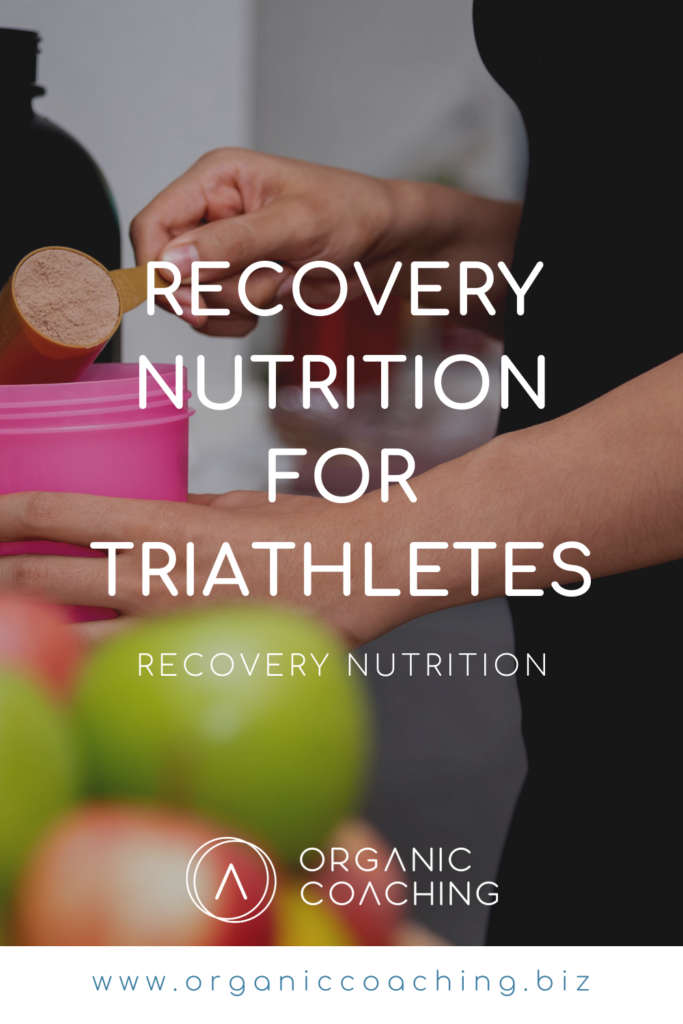
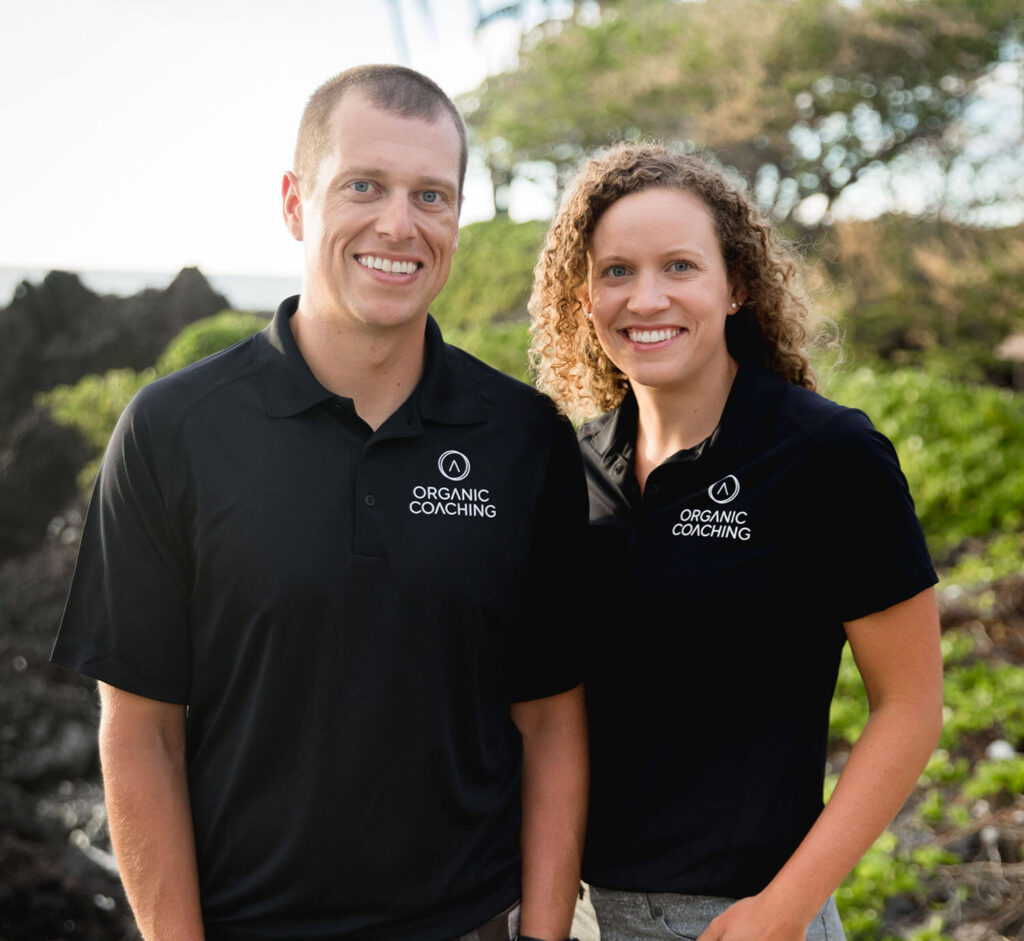
Carly and Tyler Guggemos built Organic Coaching in 2014 with a simple philosophy that works. The idea is to take what you have and grow it to get faster, fitter and stronger. And to do it with the time you have – not the time you wish you had.
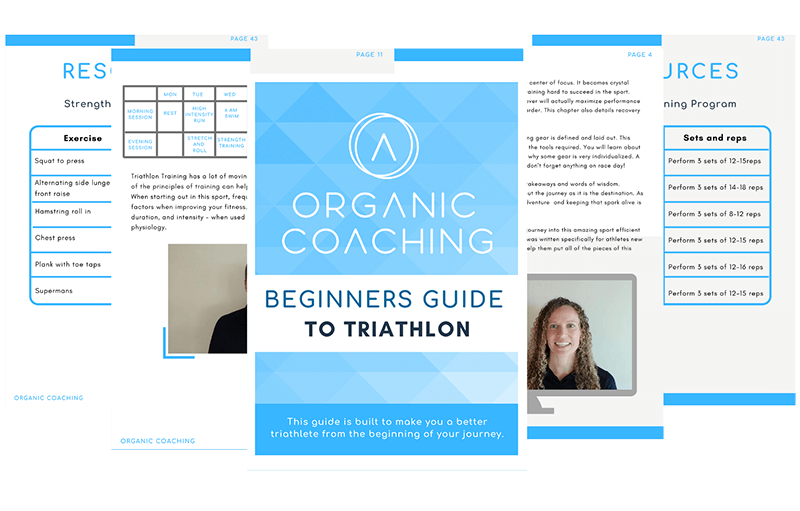
For athletes who are ready to take their training to the next level while still thriving and succeeding in their professional and family life.
Copyright © 2024 Organic Coaching LLC